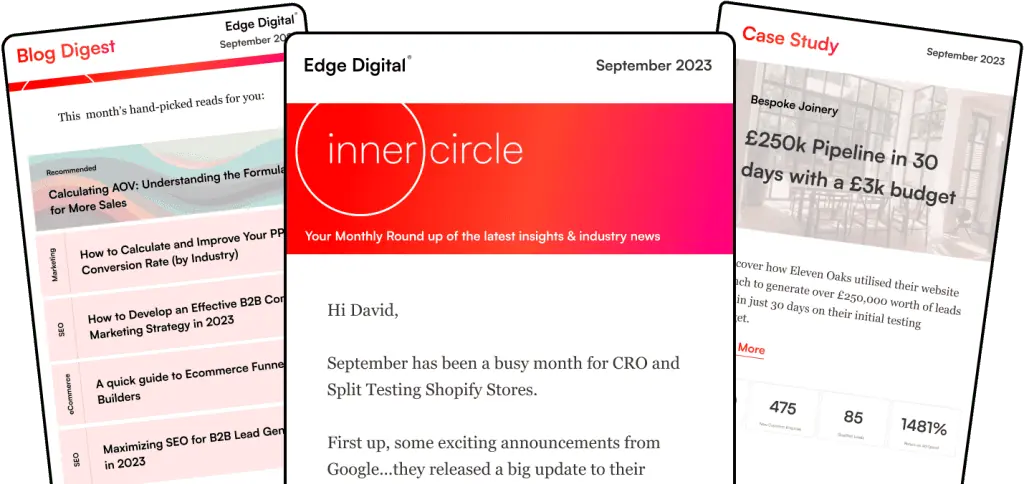Advertising online can be a powerful way to reach new customers and grow your business. With so many options available, it’s important to choose the right platforms for your goals and budget.
The best places to advertise online in 2025 include Google Ads, Facebook Ads, Instagram Ads, and LinkedIn Ads.
Each platform offers unique advantages and targeting options. Google Ads lets you reach people actively searching for products or services like yours.
Social media ads on Facebook and Instagram can help you connect with specific audiences based on interests and demographics. For B2B companies, LinkedIn advertising can be very effective for reaching professionals.
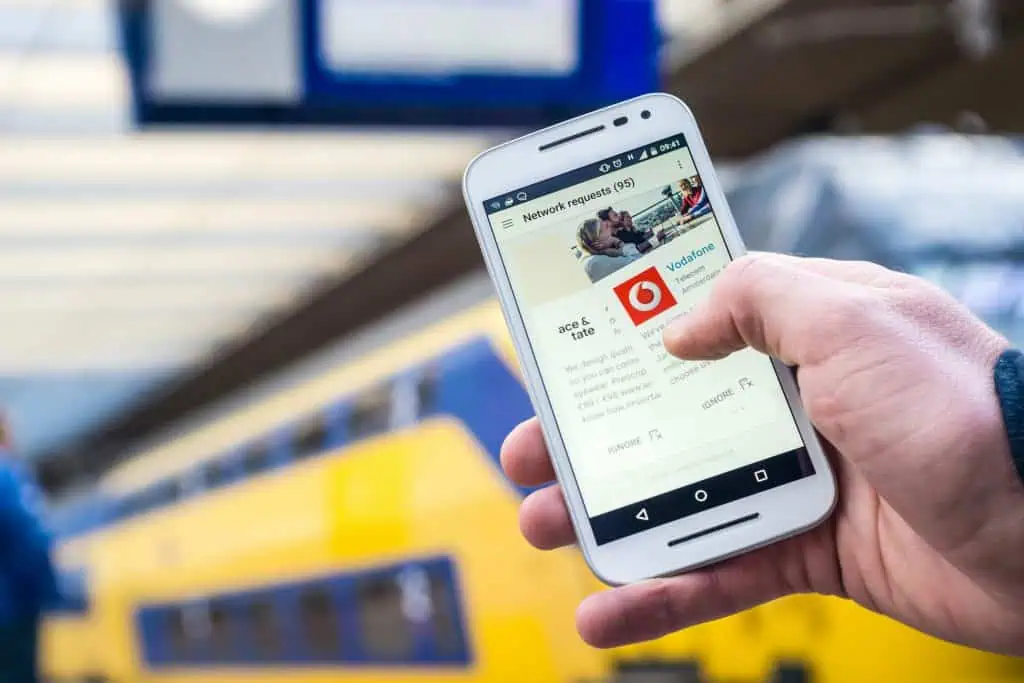
The key is to understand your target audience and choose platforms where they spend time online. It’s also important to create compelling ad content, set a budget, and track your results.
With the right strategy, online advertising can deliver a strong return on investment for businesses of all sizes.
Key Takeaways
- Choose advertising platforms that match your target audience and business goals
- Create engaging ad content tailored to each platform’s format and user behaviour
- Track performance metrics and optimise campaigns regularly for better results
Understanding Online Advertising
Online advertising is a key part of digital marketing. It helps businesses reach people on the internet.
We use it to show ads to potential customers when they browse websites, use apps, or search online.
There are many types of online ads. Some common ones are:
- Display ads (images or banners)
- Search ads (text ads on search engines)
- Video ads
- Social media ads
Each type works differently and can reach various audiences.
Online advertising platforms offer tools to create and manage ad campaigns. Popular options include Google Ads, Facebook Ads, and LinkedIn Ads.
These platforms let us target specific groups based on factors like age, location, and interests.
When planning an advertising strategy, we need to think about our goals and budget. It’s important to set clear objectives for each campaign. This helps us measure success and adjust our approach.
To make the most of our advertising budget, we should:
- Research our target audience
- Choose the right platforms
- Create engaging ad content
- Test different ad versions
- Track results and optimise
Online advertising strategies can vary based on business goals. Some aim to increase brand awareness, while others focus on driving sales or generating leads.
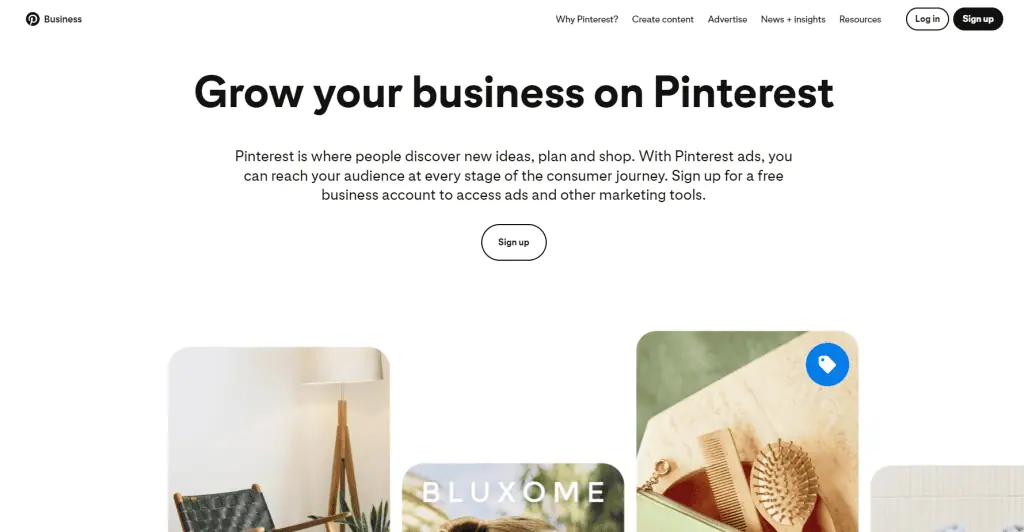
Defining Your Advertising Goals
Before we start our online advertising journey, we need to set clear goals. This step is crucial for success. Let’s look at some common objectives:
- Brand awareness
- Lead generation
- Conversions
- Return on investment (ROI)
Our goals will shape our entire campaign. They help us choose the right platforms and measure success.
For brand awareness, we might focus on reach and impressions. We’ll want to get our name in front of as many eyes as possible.
Lead generation is about collecting contact info. We’ll track how many people fill out forms or sign up for newsletters.
If conversions are our aim, we’ll look at sales or sign-ups. The conversion rate tells us how well our ads are performing.
ROI is all about the bottom line. We’ll compare the money spent on ads to the revenue they generate.
Here’s a quick breakdown of goals and metrics:
| Goal | Key Metrics |
|---|---|
| Brand Awareness | Reach, Impressions |
| Lead Generation | Form Fills, Sign-ups |
| Conversions | Sales, Conversion Rate |
| ROI | Revenue vs Ad Spend |
We must also consider our target audience. Market segmentation helps us tailor our message to specific groups.
By setting clear goals, we can create more effective ads and measure our success accurately.
Choosing the Right Platforms
Selecting the best online advertising platforms is crucial for reaching your target audience effectively. We’ll explore key options across social media, search engines, and other channels to help you make informed decisions.
Social Media Channels
Social media platforms offer powerful targeting options for advertisers. Facebook Ads and Instagram Ads are popular choices, allowing you to reach a wide audience with visual content. LinkedIn Ads work well for B2B marketing, targeting professionals and businesses.
TikTok Ads are great for reaching younger audiences with short-form video content. Snapchat Ads can help you connect with teens and young adults through fun, interactive formats.
YouTube Ads let you showcase your products or services through video. Twitter Ads and Pinterest Ads can be effective for specific niches and interest-based targeting.
Each platform has unique strengths, so consider your target audience and content type when choosing.
Search Engines and Display Networks
Google Ads is the largest search advertising platform, offering text ads, shopping ads, and display ads across its vast network. It’s ideal for reaching people actively searching for your products or services.
Microsoft Advertising (formerly Bing Ads) is a solid alternative, often with less competition and lower costs. It can help you reach users on Bing, Yahoo, and partner sites.
Display networks like the Google Display Network allow you to show banner ads across millions of websites, reaching potential customers as they browse online.
Consider using a mix of search and display ads to maximise your reach and target users at different stages of the buying journey.
Additional Channels
Amazon Advertising is essential for e-commerce businesses selling on the platform. It helps increase visibility for your products among shoppers ready to buy.
Podcast advertising is growing rapidly, offering a way to reach engaged listeners through host-read ads or programmatic placements.
Geofencing advertising lets you target users in specific locations, which can be particularly useful for local businesses or event promotions.
Online advertising platforms like Adobe Advertising Cloud offer comprehensive tools for managing campaigns across multiple channels, helping you streamline your advertising efforts.
Consider testing these additional channels to complement your main advertising strategies and reach new audiences.
Developing Your Advertising Content
Creating compelling ad content is key to successful online advertising. We’ll explore different ad formats and how to integrate content marketing for maximum impact.
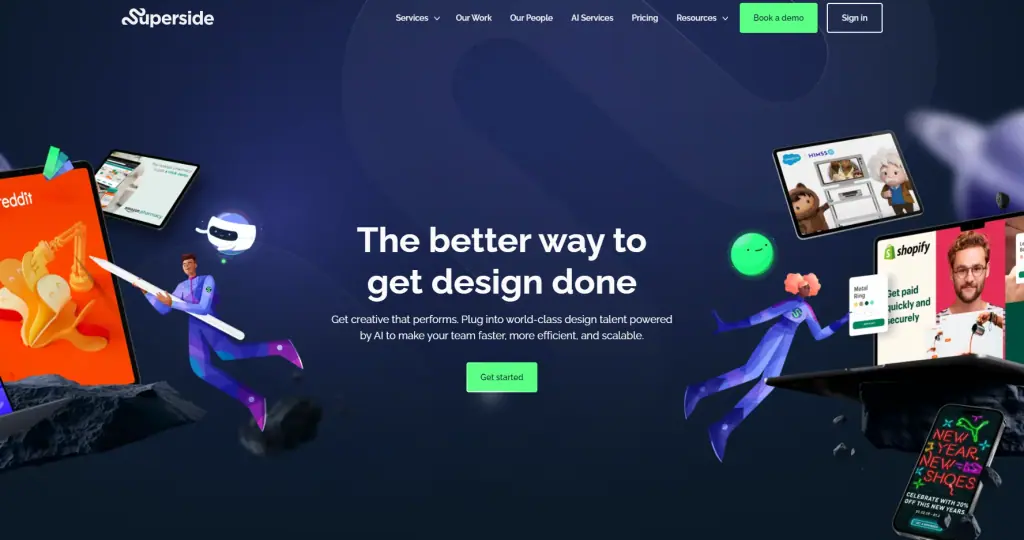
Ad Formats and Creatives
When developing ad content, it’s crucial to choose the right format. Display ads are great for building brand awareness. They include images, text, and sometimes video to catch users’ attention.
Video ads are increasingly popular. They can tell a story and engage viewers emotionally. We recommend keeping them short and to the point.
Carousel ads allow multiple images or videos in a single ad. They’re ideal for showcasing product ranges or telling a brand story step-by-step.
Collection ads work well for e-commerce. They feature a main image or video with smaller product images below, perfect for driving sales.
Remember to tailor your ad creatives to each platform. What works on Facebook might not work on LinkedIn.
Content Marketing Integration
Content marketing and advertising go hand in hand. Sponsored content is a powerful way to reach target audiences. It involves creating valuable content that aligns with your brand and paying to promote it.
Sponsored posts on social media can boost visibility. They look like regular posts but reach a wider audience. We suggest using eye-catching visuals and concise copy.
Blog posts, infographics, and videos can all be part of your content marketing strategy. Create content that solves problems or answers questions your target audience has.
To maximise impact, ensure your content marketing efforts complement your ad campaigns. Use consistent messaging and visuals across all channels.
Targeting and Audience Segmentation
When it comes to online advertising, finding the right people to show your ads to is key. That’s where targeting and audience segmentation come in. These techniques help us reach the people most likely to be interested in our products or services.
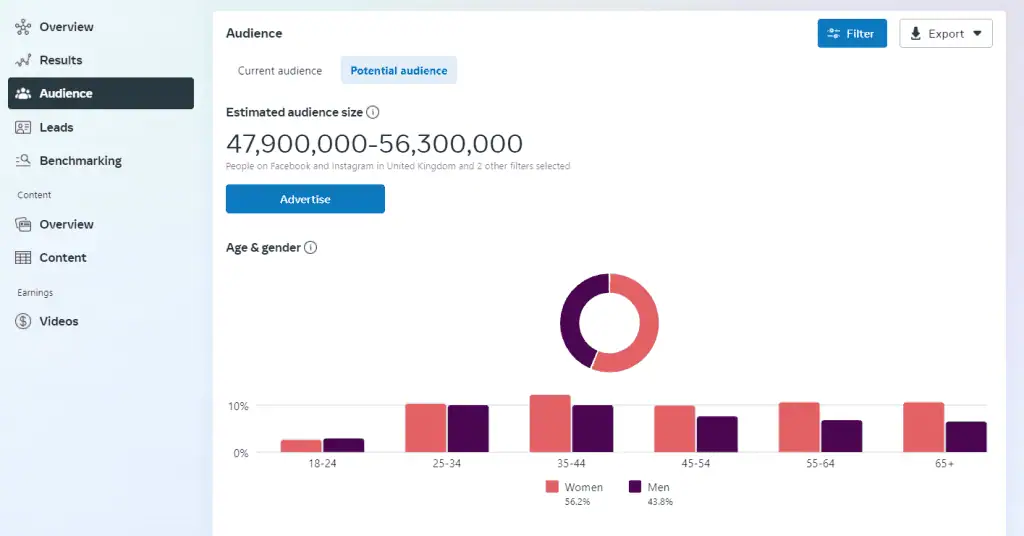
Market segmentation involves splitting our target audience into smaller groups based on shared traits. We might look at things like age, location, interests, or behaviours. This allows us to tailor our messages to each group.
One powerful tool is lookalike audiences. We start with a group of our existing customers and find new people who share similar characteristics. This helps us expand our reach to potential new customers.
Many platforms offer robust audience targeting options. For example, the Facebook Audience Network lets us show ads across various apps and websites to people who match our criteria.
Here are some common ways we can segment our audience:
- Demographics (age, gender, income)
- Location
- Interests and hobbies
- Purchasing behaviour
- Device usage
By focusing on a targeted audience, we can improve our ads’ relevance and boost user engagement. This often leads to better results and more efficient use of our advertising budget.
Advertising Analytics and Performance
Tracking the success of online ads is crucial. We use analytics tools to measure how well our campaigns perform. These tools give us important data about our ads.
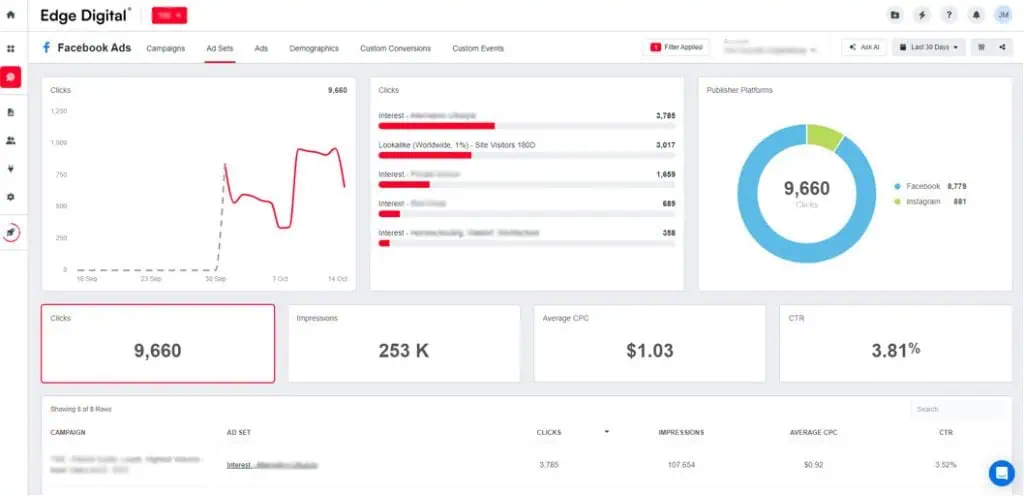
Key metrics we look at include:
- Conversion rates
- Ad spend
- Return on investment (ROI)
- Return on ad spend (ROAS)
- Engagement rates
- Quality score
Conversion rates tell us how many people take action after seeing our ads. This could be making a purchase or signing up for a newsletter.
Ad spend shows how much money we’re putting into our campaigns. We compare this to our results to see if we’re getting good value.
ROI and ROAS help us understand if our ads are profitable. They show us how much money we make compared to what we spend.
Engagement rates reveal if people find our ads interesting. High engagement often leads to better results.
Quality score affects how often our ads show up and how much we pay. Higher scores can mean lower costs and better ad positions.
By looking at these numbers, we can fine-tune our ads. We can spend more on what works and less on what doesn’t. This helps us get the most out of our online advertising budget.
Budgeting and Bidding
Setting the right budget and using effective bidding strategies are crucial for successful online advertising. We’ll explore how to manage your ad spend and choose the best bidding approaches for your campaigns.
Understanding Ad Spend
Ad spend refers to the money we invest in our online advertising efforts. It’s vital to set a realistic budget that aligns with our business goals.
We should start by determining our cost per click (CPC) or cost per thousand impressions (CPM) targets. These metrics help us gauge how much we’re willing to pay for each click or every thousand ad views.
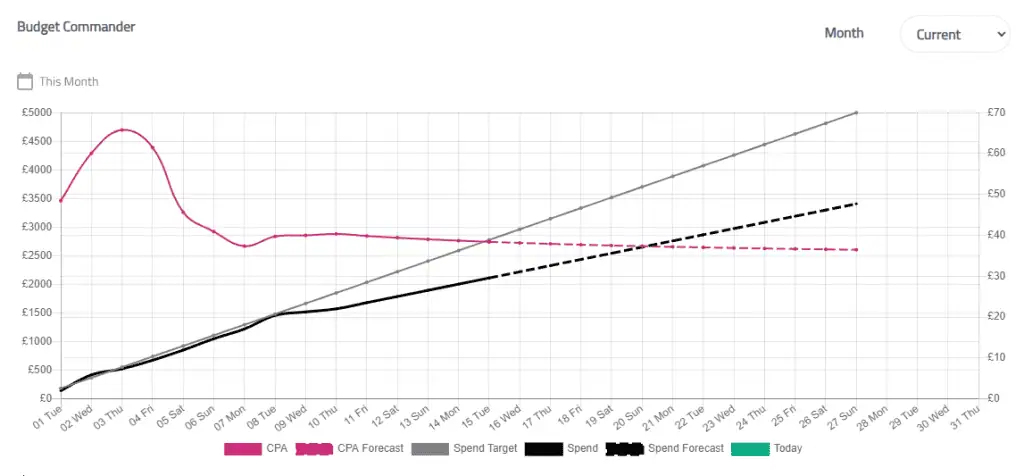
To calculate our ideal ad spend, we need to consider:
• Our overall marketing budget • The platforms we plan to advertise on • Our target audience size • Desired reach and frequency
It’s wise to allocate our budget across different platforms and campaigns. This approach allows us to test what works best and adjust our strategy accordingly.
Bidding Strategies
Bidding is how we compete for ad space in pay-per-click (PPC) advertising. The right bidding strategy can help us maximise our return on investment.
Common bidding strategies include:
- Manual bidding: We set our own maximum CPC for each keyword or ad placement.
- Automated bidding: The advertising platform optimises bids based on our goals.
- Enhanced CPC: A mix of manual and automated bidding for better control.
Google Ads offers various bidding strategies to help us achieve specific objectives. For example, we might use a target CPA (cost per acquisition) strategy if our goal is to generate leads within a certain budget.
When choosing a bidding strategy, we should consider:
• Our advertising goals • Budget constraints • The level of control we want • Our experience with the platform
It’s important to monitor our campaigns regularly and adjust our bids as needed to ensure we’re getting the best results for our ad spend.
Leveraging Technology in Online Advertising
In today’s digital landscape, technology plays a crucial role in online advertising. We’ve seen major advances that help businesses reach their target audiences more effectively.
One key area is machine learning in digital advertising. This technology analyses vast amounts of data to predict consumer behaviour and optimise ad placements.
PPC advertising has also evolved with technology. Modern platforms use AI to:
• Adjust bids in real-time • Suggest optimal keywords • Create dynamic ad copy
We’ve found that remarketing has become more sophisticated too. Advanced tracking allows us to show tailored ads to people who’ve previously interacted with a brand.
Here’s a quick look at some top online advertising platforms:
| Platform | Key Feature |
|---|---|
| Google Ads | Largest reach |
| Facebook Ads | Detailed targeting |
| LinkedIn Ads | B2B focus |
These platforms leverage cutting-edge tech to improve ad performance and ROI. They offer tools for precise audience targeting, A/B testing, and performance tracking.
As technology continues to advance, we expect to see even more innovative ways to reach target audiences effectively.
Optimising Campaigns for Better Results
To get the most from our online ads, we need to focus on optimising our campaigns. This means making small tweaks to improve how well our ads perform.
A key part of this is conversion rate optimization. We want more people who see our ads to take action, like buying something or signing up.
Keyword research is vital. We should find the words people use when looking for products like ours. Using these words in our ads can help them show up more often.
Ad auctions are how many platforms decide which ads to show. To win these, we need to make our ads relevant and set good bids.
Here are some tips for better ad performance:
- Test different ad copy and images
- Use specific landing pages for each ad
- Set clear goals for each campaign
- Check results often and adjust as needed
By keeping a close eye on our campaigns and making smart changes, we can get better results from our online ads.
The Future of Online Advertising
The landscape of online advertising is rapidly evolving. We’re seeing exciting developments that will shape how businesses reach their target audiences in the coming years.
Machine learning is set to play a crucial role in digital advertising. This technology will help create more personalised ads and improve targeting accuracy.
Influencer marketing continues to grow in importance. We expect to see a shift towards micro-influencers who have smaller but highly engaged followings. These partnerships often lead to more authentic connections with consumers.
Video content is becoming increasingly popular. Short-form videos on platforms like TikTok and Instagram Reels are likely to become key advertising channels.
Privacy concerns are shaping the future of online advertising. With the phasing out of third-party cookies, advertisers will need to find new ways to track and target users.
Voice search optimisation is another trend to watch. As more people use smart speakers and voice assistants, ads will need to be optimised for these platforms.
Augmented reality (AR) ads are set to become more common. These interactive experiences can help brands stand out and engage users in unique ways.
Lastly, we anticipate a greater focus on social responsibility in advertising. Consumers increasingly expect brands to take stands on important issues and reflect diverse perspectives in their campaigns.
Frequently Asked Questions
Online advertising offers many options for businesses. We’ll address common questions about platforms, costs, and strategies to help you make informed decisions.
What are the top platforms for cost-effective online advertising in the UK?
Google Ads is a top choice for cost-effective advertising in the UK. It offers flexible budgets and precise targeting options.
Facebook Ads is another powerful platform. It allows businesses to reach specific audiences based on interests and behaviours.
Which online advertising sites offer free options for promoting businesses?
Social media platforms like Facebook, Instagram, and Twitter offer free business pages. These allow companies to post content and engage with customers at no cost.
Google My Business is a free tool that helps local businesses appear in search results and on Google Maps.
How can businesses effectively target local audiences through online advertising?
Local SEO is crucial for targeting nearby customers. Optimising your website and Google My Business listing helps you appear in local search results.
Geo-targeting in Google Ads allows you to show ads only to people in specific locations. This ensures your budget is spent on relevant local audiences.
What criteria should one use to select the most effective online advertising platform for their business?
Consider your target audience. Choose platforms where your potential customers spend time online.
Budget is another key factor. Some platforms require more investment than others.
Evaluate the type of content you can create. Different platforms are better suited for various content formats.
On which online platform can small businesses gain significant visibility without major investment?
Instagram is excellent for small businesses with visual products. It offers both free and paid options for increasing visibility.
LinkedIn can be effective for B2B companies. Creating a company page and sharing content can boost visibility without large spending.
How does Google Ads ranking impact the visibility of business advertisements online?
Google Ads uses a quality score to determine ad rankings. Higher quality scores can lead to better ad positions and lower costs.
Ad relevance and landing page experience are key factors in the quality score. Improving these can boost your ad’s visibility and effectiveness.


